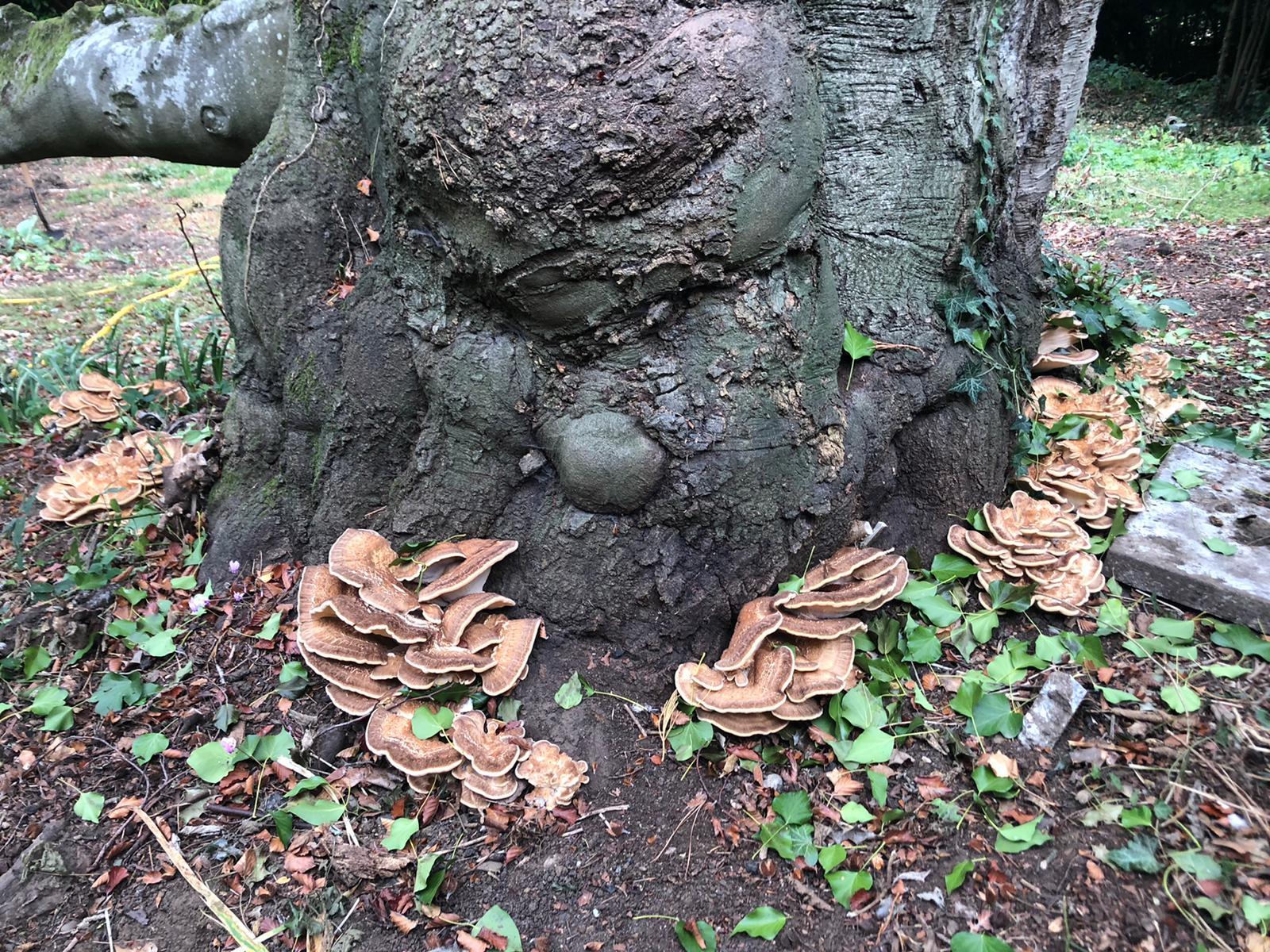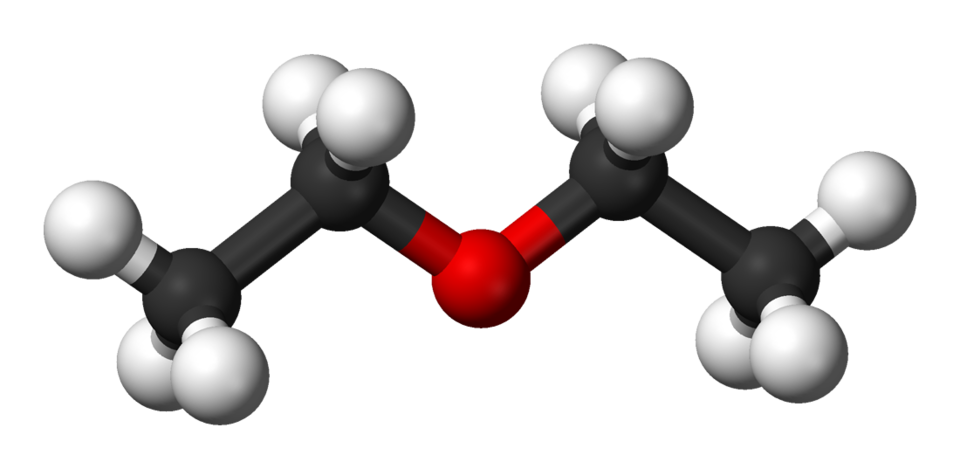Beech trees are a treasured feature of the British landscape, admired for their striking bark, elegant canopy, and vibrant seasonal colour. From the majestic European beech to the ornamental copper and purple beech trees found in gardens and parks, these trees contribute significantly to the visual character of the UK countryside. However, in recent years, concerns over beech tree diseases UK have risen sharply due to emerging threats, climate-related stress, and imported pests.
Understanding the signs and sources of these diseases is vital for homeowners, horticulturists, and estate managers alike. This article explores the key diseases affecting beech trees, including leaf, bark, and root disorders, as well as practical guidance on treatment and long-term prevention. Whether you’re tending to a single copper beech in your garden or managing a woodland of European beeches, staying informed is your first line of defence.
Beech Tree Identification in the UK
To properly diagnose beech tree diseases UK, you must first be confident in identifying the tree species. The common or European beech (Fagus sylvatica) is widespread across the UK, with its distinctive smooth grey bark, oval leaves with fine, wavy margins, and dense, symmetrical crown. In autumn, it produces a glorious golden-brown canopy, and it’s often used in both formal hedging and large open landscapes.
Varieties such as copper beech and purple beech feature darker, reddish foliage that makes them popular as focal points in gardens and public parks. These colour variants are genetically the same species but may show different visual cues when diseased. Correct identification is especially important when considering treatment plans, as different beech trees can show slightly different symptoms depending on their cultivar.
Common Beech Tree Diseases in the UK
One of the most serious beech tree diseases UK is beech bark disease. This is a destructive combination of beech scale insect infestation and fungal infection caused by Nectria coccinea. Small white insects first colonise the bark, creating tiny puncture wounds. These openings allow the fungus to enter and spread, resulting in bleeding patches, bark cracks, canker formation, and eventually, canopy dieback. If left untreated, the tree can become structurally unsound and die.
Beech leaf disease, although not yet widespread in the UK, is a growing concern among forestry experts. It is characterised by dark bands between the veins of leaves, followed by curling, thickening, and premature drop. The suspected cause is a nematode that damages leaf buds, weakening the tree over time. While research continues, its potential to devastate younger trees means that early recognition and reporting are essential.
Root rot is another hidden yet deadly threat to beech trees. Fungal pathogens like Phytophthora kernoviae, Armillaria mellea, and Meripilus giganteus are notorious for attacking the root system, especially in poorly drained or compacted soils. Affected trees may show thinning foliage, yellowing leaves, crown dieback, and soft decay around the trunk base. Root rot is particularly difficult to treat, and infected trees often need to be removed to protect surrounding vegetation.
Beech anthracnose, caused by the fungus Apiognomonia errabunda, is more cosmetic but still a cause for concern. It typically appears in spring or early summer, leading to small brown patches on leaves and premature leaf fall. While mature beech trees usually recover well, the disease can stress young trees and make them more susceptible to secondary infections. Proper air circulation and regular leaf clearance are essential preventative measures.
Insects also play a major role in the spread of beech tree diseases UK. The woolly beech aphid, known for its pale yellow body and white, fluffy wax covering, can cause leaf deformation and a sticky residue on the foliage called honeydew. This attracts mould and encourages further weakening of the tree. Meanwhile, grey squirrels are notorious for stripping bark from beech trees, leaving them vulnerable to fungal invasion and rot.
How to Treat Beech Tree Diseases

Treating beech tree diseases UK effectively starts with early diagnosis and the correct identification of the pathogen or pest involved. For beech bark disease, managing scale insect populations is crucial. This might include horticultural oil sprays, insecticidal soaps, or even introducing natural predators in managed landscapes. Once fungal infection sets in, pruning infected branches and applying fungicides under professional guidance may help contain the spread.
Root rot is more challenging. In some cases, improving drainage and removing nearby infected vegetation can help limit progression. Trees already suffering from advanced rot often need to be felled to prevent hazardous collapse and protect neighbouring trees. Chemical treatments for root rot are limited, but soil aeration and beneficial fungi may improve resilience in early stages.
For beech leaf disease and anthracnose, removing fallen leaves in autumn reduces the spore load. Pruning dense canopies can help improve airflow and reduce humidity, which supports fungal growth. Organic compost teas, copper-based fungicides, and biological treatments may be recommended depending on severity. Always consult a certified tree surgeon for high-value trees or those showing extensive damage.
In the case of insect infestations, control measures should focus on both eradication and prevention. Use sticky traps or tree bands to catch woolly aphids early. Neem oil, pyrethrin-based insecticides, and natural enemies like ladybirds can help manage aphid colonies without harming beneficial wildlife. Avoid using high-nitrogen fertilisers, as they may encourage lush growth that attracts pests.
How to Prevent Beech Tree Problems
Preventing beech tree diseases UK is far more effective — and often more economical — than attempting to treat a tree after symptoms appear. Proper planting techniques are the first step. Beech trees prefer well-drained, slightly acidic soil and should not be placed where water pools or where roots might be compacted by foot or vehicle traffic.
Maintaining tree health through regular inspections, mulching, and correct pruning can reduce the likelihood of disease. Always prune during dry weather to prevent the spread of airborne fungi, and sterilise tools between cuts. Encourage biodiversity in the garden, as it can naturally reduce pest outbreaks by supporting predator species.
Physical protection is also important. Use guards or netting to prevent squirrel damage, and keep lawnmowers and strimmers well away from the trunk to avoid accidental injury. Avoid planting beech trees too closely together, especially in formal hedges, as this reduces airflow and increases disease risk. In large estates or heritage sites, tree surveys every few years by an arborist are a wise investment.
The Future of Beech Trees in the UK
With new pathogens like Petrakia liobae and climate change adding stress to already vulnerable trees, the future of beech trees in the UK depends on vigilance, research, and community awareness. Monitoring networks such as Observatree allow citizens to report new symptoms, helping authorities track outbreaks early.
Efforts are also being made to breed disease-resistant varieties of beech trees, although these are not yet widely available. Nurseries, local councils, and private landowners all have a role to play in protecting these important trees. With the right care and early intervention, beech trees can continue to thrive in British gardens and landscapes for generations to come.
Conclusion
Beech tree diseases UK pose a real and increasing threat to both ornamental and wild tree populations. From visible leaf and bark symptoms to hidden root infections, understanding the signs and responding early can mean the difference between preserving a tree and removing it entirely. Whether you’re a gardener, park warden, or simply a lover of trees, knowing how to identify, treat, and prevent beech diseases is an investment in the health of your local environment.
FAQs About Beech Tree Diseases in the UK
What are the early warning signs of beech tree disease?
Look out for discoloured or deformed leaves, bark cracks, sticky residue, and unusual leaf fall. Root rot may also cause sudden wilting.
Can copper and purple beech trees get the same diseases?
Yes, these are colour variants of the common beech and are equally vulnerable to leaf, bark, and root issues.
Are beech tree diseases contagious to other trees?
Some diseases, especially fungal and root rot pathogens, can spread to nearby trees if conditions are right.
When should I call a tree surgeon?
Contact a professional if your tree shows signs of advanced dieback, fungal growth at the base, or is leaning dangerously.
Are there resistant varieties of beech trees?
Research is ongoing. Some cultivars show slight resistance, but widespread availability is still limited in the UK.
You may also read: Ethoxyethane Chemical Formula: Complete Guide to Structure, Uses, and Related Compounds




